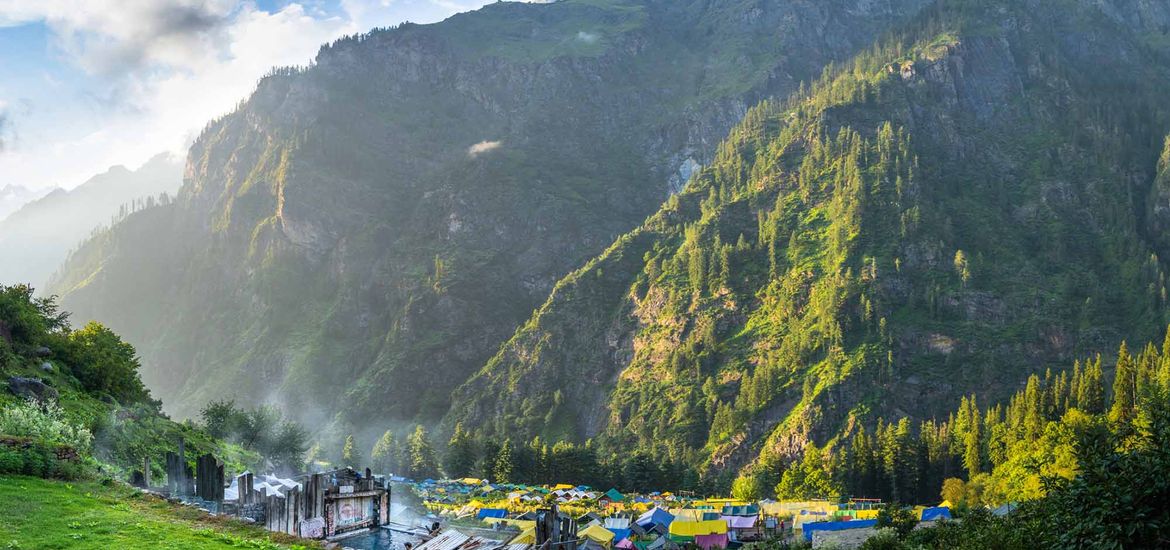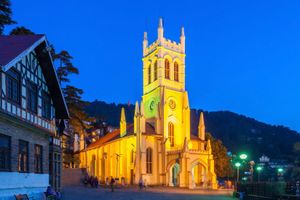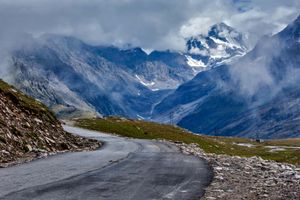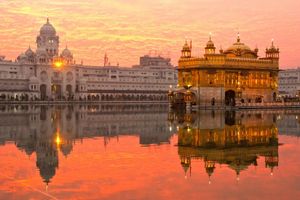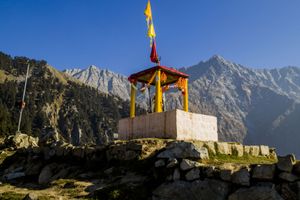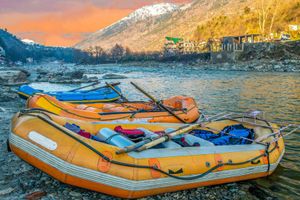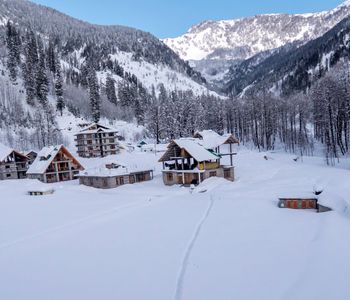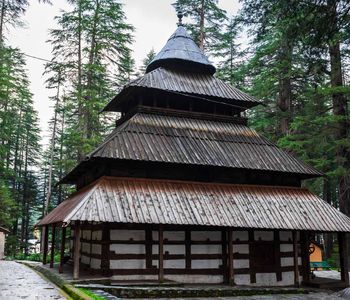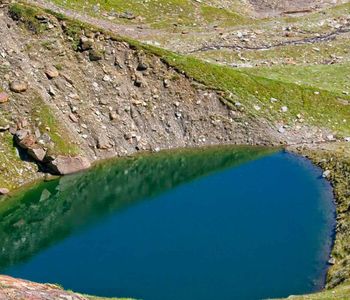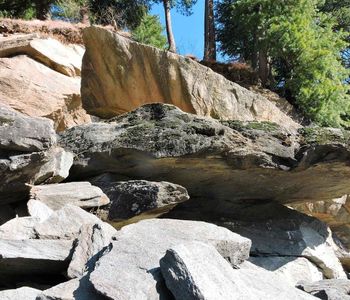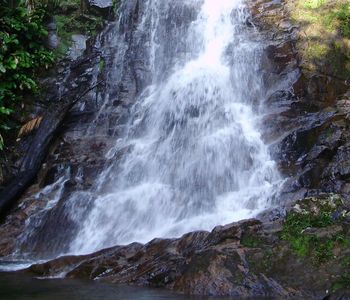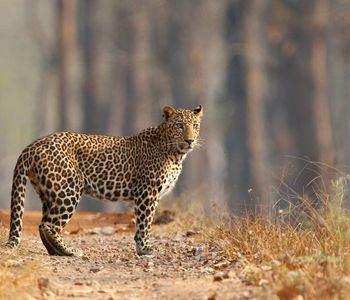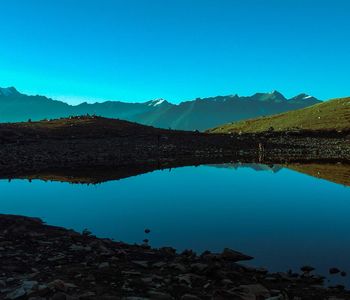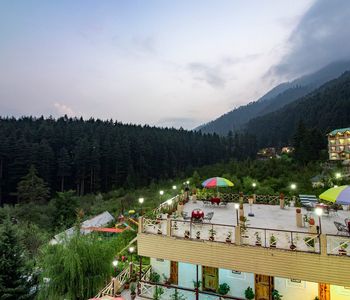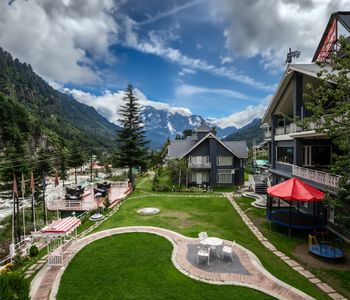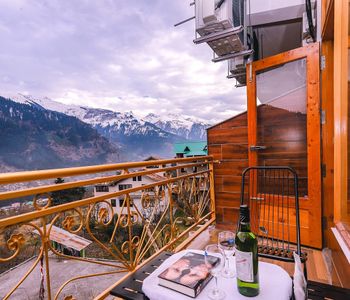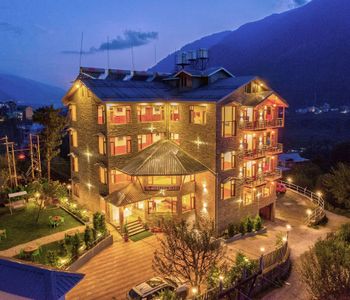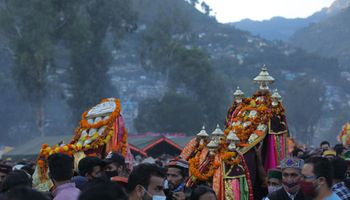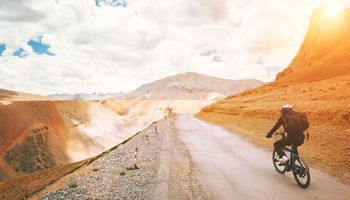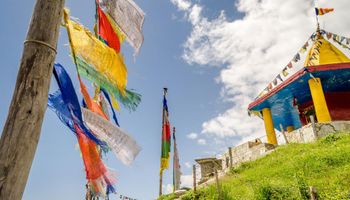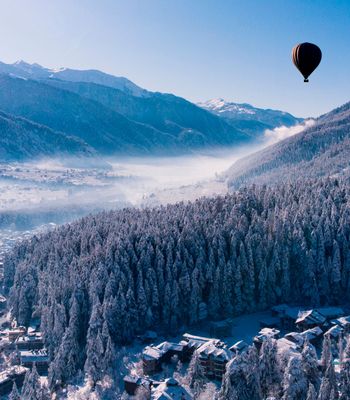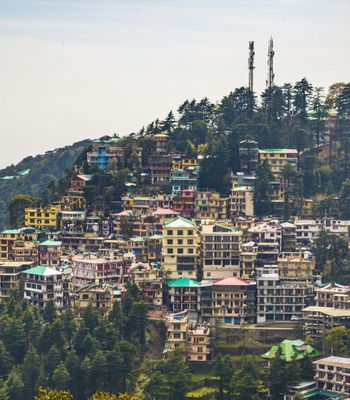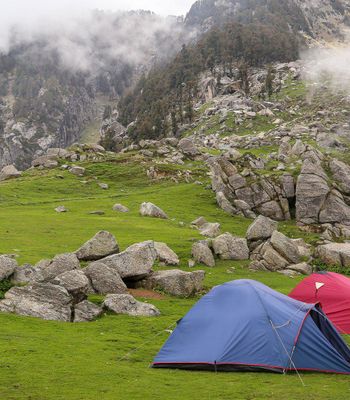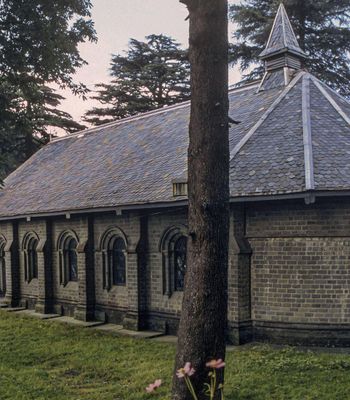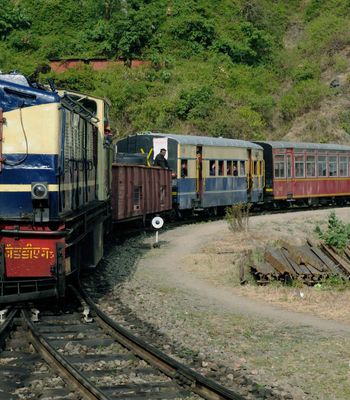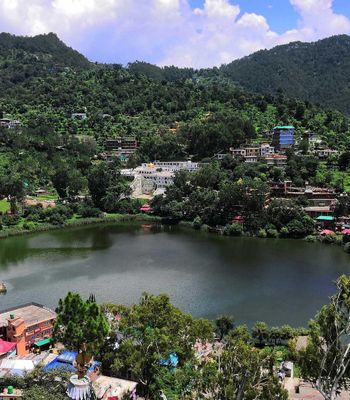Ever fantasised about getting lost in a land where snow-covered mountains reach the heavens, rivers sing ancient lullabies, and forests become the earth's whispered secrets? That's Parvati Valley for you—a mystic sojourn in Himachal Pradesh where spirituality and nature go hand in hand.
But what really sets Parvati Valley apart is its combination of raw Himalayan splendour and deep-seated spiritual power. From hiking and hot springs to ancient temples and yoga retreats, every move here feels like a journey inwards.
A Journey Through Time: The Story of Parvati Valley
Parvati Valley has rich ancient legends surrounding it. It is said that Lord Shiva spent thousands of years meditating here, and the valley takes its name from Parvati, his consort. This legend alone attracts pilgrims and seekers from all over India and the world.
In more recent times, Parvati Valley was untouched by modernity until the late 20th century. It was the 1990s that placed this zone on the backpacker map. Western travellers, in search of quietude and consciousness-expanding experiences, began flocking to its serene villages.
Today, the Parvati Valley stands as the nexus of modern vagabondism and traditional spirituality. It is one of the few locations where rural Himalayan living, adventure, and alternative lifestyles coexist in harmony.
Nature's Architecture: The Aesthetic Soul of the Valley
Parvati Valley may not have royal palaces or grand monuments, but it’s a masterpiece sculpted by nature itself. Towering cedar and pine forests line the winding roads. Snow-covered peaks frame every village. The emerald-green Parvati River rushes with unrelenting energy through the heart of the valley.
Each settlement in the valley carries its own architectural charm:
- Kasol, often called the “Mini Israel of India” due to the large influx of Israeli tourists, features quaint wooden cottages, open cafés, and artistic guesthouses.
- Tosh and Kalga are sprinkled with traditional Himachali homes—two-storied wooden structures with slate roofs, set against snowy backdrops.
- Malana, one of the oldest democracies in the world, follows strict rules in architecture. Homes here are built without nails and are known for their ancient wooden carvings and secretive courtyards.
No less a wonder is Manikaran Sahib, a spiritual centre famed for its natural hot springs and Indo-Tibetan influenced gurdwara architecture, offering a calm yet vibrant spiritual experience.
Wonders of the Valley: Must-See Attractions and Hidden Corners
Parvati Valley is not just one destination—it’s a mosaic of unforgettable places, each with its own identity. Here are some of the most compelling:
Kasol: The Traveller’s Base
Kasol is the most popular base for exploring Parvati Valley and is known for its backpacker culture. Along the Parvati River, it is lined with street-side bakeries that serve Israeli specialities like hummus and shakshuka, as well as riverbank cafés and reggae bars.
Manikaran Sahib: Faith Amidst the Steam
Just 4.3 km from Kasol lies Manikaran, a sacred site revered by both Sikhs and Hindus. The highlight is the Manikaran Sahib Gurdwara, built next to naturally occurring hot springs that are used to prepare langar (community meals). The hot springs are believed to have healing properties, attracting pilgrims and tourists alike.
Tosh: Where the Sky Touches the Mountains
Tosh is a peaceful village located at an altitude of around 2,400 meters and offers stunning views of snow-clad peaks. Known for its rustic charm, wooden houses, and apple orchards, Tosh is popular among nature lovers and trekkers. The village has a laid-back vibe, with cosy cafés and homestays providing warm hospitality.
Kheerganga Trek: A Stairway to the Stars
The Kheerganga trek is one of the most scenic and accessible treks in the region, starting from Barshaini. The 12 km trail passes through dense forests, waterfalls, wooden bridges, and tiny hamlets, offering panoramic views of the valley. At the summit, trekkers are rewarded with a natural hot water spring and a small Shiva temple surrounded by misty peaks.
Malana: The Mysterious Village
Malana is an ancient, isolated village known for its unique customs, dialect, and governance system. The residents claim to be descendants of Alexander the Great’s soldiers and follow a strict code that discourages physical contact with outsiders. Visitors are welcome but must adhere to the village’s traditional norms, including not touching houses or temples.
Pulga and Kalga: For the Poets and the Dreamers
Pulga and Kalga are lesser-known gems nestled in the upper reaches of Parvati Valley near Barshaini. Surrounded by dense deodar forests and apple orchards, these villages are ideal for travellers seeking peace and solitude. Both villages have a growing community of digital nomads, artists, and meditators drawn to their calm ambience.
When the Mountains Call: Best Time to Visit Parvati Valley
Parvati Valley is accessible year-round, but each season offers a different experience:
March to June is ideal for trekking, camping, and exploring the villages in mild, pleasant weather. From July to September, monsoon rains make the valley lush, but landslides may occur—plan cautiously.
October to February turns the valley into a snow paradise, especially in Tosh and Kalga. It’s perfect for snow-lovers but requires layered clothing and caution while travelling.
The golden hours—early morning and late evening—bathe the forests and mountain peaks in soft, glowing light. These moments are perfect for photography, yoga, or quiet reflection by the riverside.
Getting There: How to Reach Parvati Valley
While Parvati Valley feels like a world away, it’s surprisingly reachable with some planning:
By Air
The nearest airport is Kullu-Manali Airport (Bhuntar), about 39.1 km from Parvati Valley. Taxis are available at the airport to take you further into the valley.
By Train
The nearest major railway station is Joginder Nagar, around 126 km away. A better-connected option is Chandigarh Railway Station, approximately 296 km from Kasol.
By Road
Parvati Valley is well-connected by road. Volvo and local buses run from Delhi and Chandigarh to Bhuntar or Manali. From Bhuntar, one can take a taxi or a local bus to reach Kasol and other villages.
Parvati Valley is more than a destination—it’s a feeling. Whether you're trekking through ancient cedar forests, soaking in hot springs with snow all around, chatting with wandering monks, or simply sipping chai in a mountain café, this valley makes you pause, breathe, and feel.
